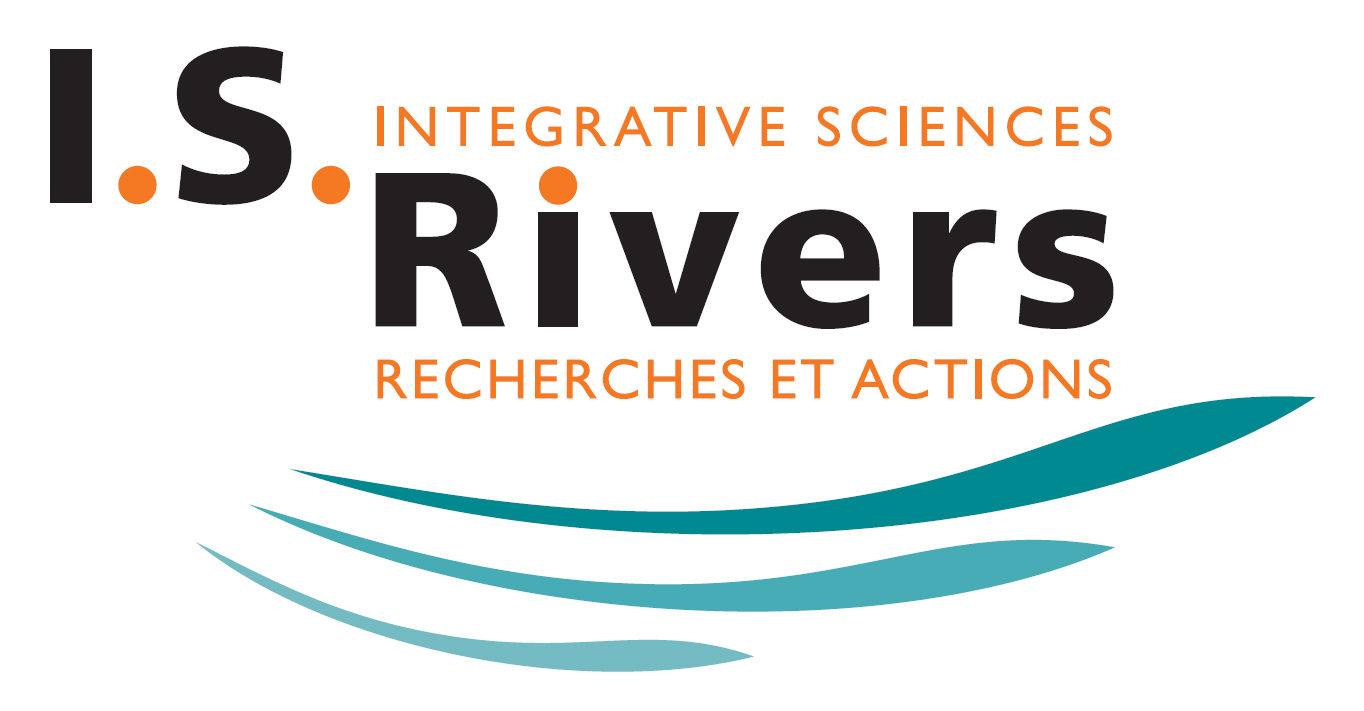Thursday 3rd of july – 11h15
11:15
Comparison of methodologies for the evaluation of microplastics in rivers: application on the Rhône River continuum
AUTHORS
COQUERY Marina, GATEUILLE David, GIRAUD Nathan, LELAY Soline, DARMON Gaëlle, GRUAT Alexandra, RICHARD Loïc, SABATTE Marie-Aurélia, MOURIER Brice
France
Short Abstract: To date, there is no permanent monitoring system for measuring the concentrations and flows of microplastics transported by rivers. Research teams use different sampling and/or laboratory methodologies, making it difficult to compare results and establish spatial or temporal trends on the scale of a large catchment area. The aim of the MicroPlasticRivers project is to compare methodologies for measuring concentrations and flows of microplastics in rivers, from sampling to extraction and identification in the laboratory, and to propose harmonised methodologies. This study was carried out on the continuum of the Rhône River and its tributaries, which benefits from a network of long-term measurement stations (Rhône Sediment Observatory – OSR). Control samples of suspended solids (SS) were prepared and shared in order to evaluate the preparation and analytical methods (µFTIR) and to compare the results in terms of detection and characterisation of microplastics. Several surface water sampling methods (nets, pumping, continuous centrifuge, particles trap) were used simultaneously at several stations under contrasting hydrological conditions. The results obtained enabled to assess the methodological and environmental factors likely to explain the variability of the concentrations observed.
11:35
Still wood jams or already plastic-wood jams? Field assessment of plastic-polluted wood accumulations in rivers
AUTHORS
MIKUŚ Paweł, LIRO Maciej, ZIELONKA Anna, ZAWIEJSKA Joanna, HAJDUKIEWICZ Hanna
Poland
Short Abstract: Understanding the mechanisms behind the formation of macroplastic accumulation hotspots within river systems is emerging as a critical research priority in plastic pollution studies. Recent findings, wood jams—a mix of wood pieces and mineral sediments—efficiently trap macroplastics within river channels, contributing to the development of localized plastic accumulation hotspots. However, the processes and patterns underlying the formation of these specific features, termed plastic-wood jams, remain largely unexplored. In this perspective, we synthesize current research on the bidirectional interactions between wood jams and fluvial processes within the context of macroplastic pollution. Building on this foundation, we propose a conceptual framework to address the following research questions: (i) what role do floods play in the formation and remobilization of plastic-wood jams? (ii) what are the spatial and temporal patterns of their formation in rivers with varying channel morphologies? (iii) how do plastic-wood jams behave dynamically across fluvial systems? and (iv) what risks do their presence pose to riverine biota? This framework aims to guide future research and foster a more comprehensive understanding of macroplastic dynamics in river systems, ultimately supporting more effective environmental management practices.
11:55
Status of microplastic ingestion by freshwater fish in mainland France
AUTHORS
SABATTE Marie-Aurélia, MIAUD Claude, PEYRON Stéphane, DARMON Gaëlle
France
Short Abstract: Microplastics pose a significant threat to river wildlife, and freshwater fish can serve as bio-indicators of local pollution. This study, conducted on a national scale in France, assessed microplastic ingestion by fish collected for the Water Framework Directive, which currently does not consider the impact of plastics in freshwater ecosystems. A standardized protocol was developed to extract microplastics from fish digestive tracts (stomach and intestines) and identify polymer types, achieving a high detection rate. The results show a high occurrence of ingestion (91.84% of fish analyzed) and a large quantity of particles ingested. These preliminary findings suggest more significant plastic pollution than expected, with regional variations to be clarified through further analysis. The study aims to better understand the factors influencing microplastic ingestion and support the development of an indicator for freshwater quality based on microplastic ingestion.
